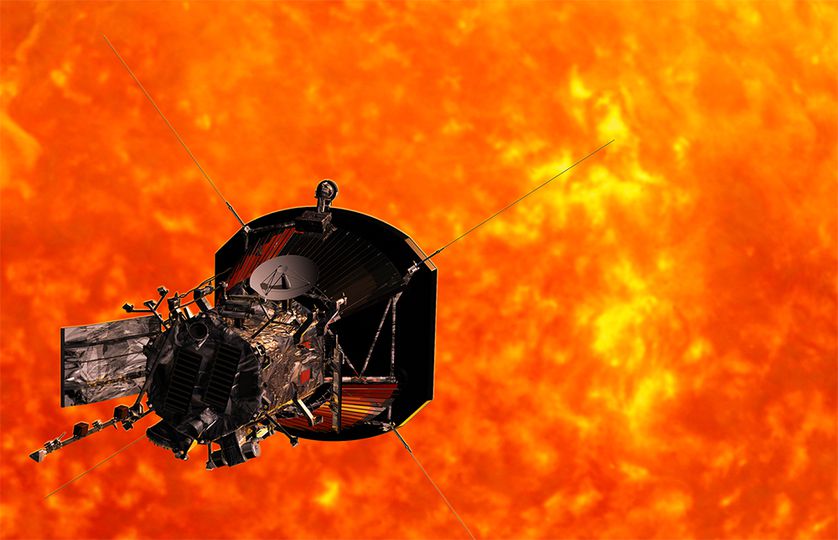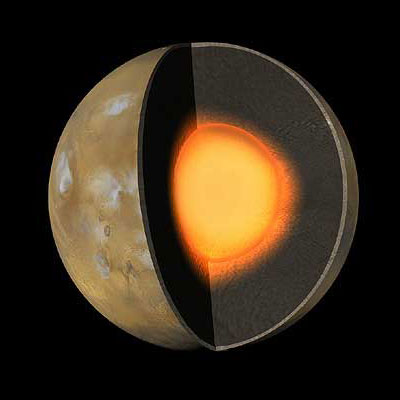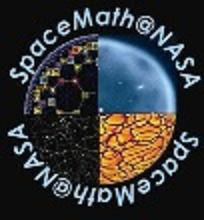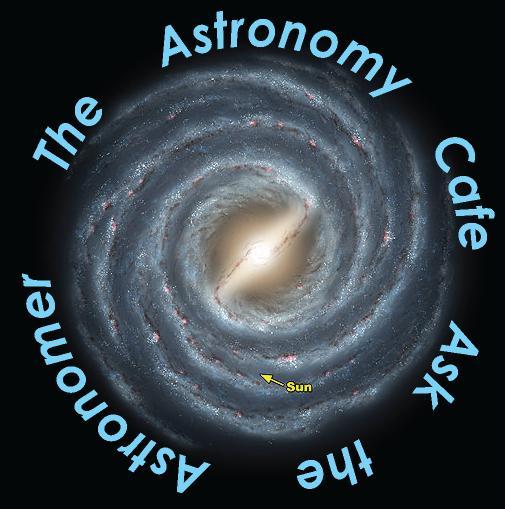Introducing SpaceMath@NASA
SpaceMath@NASA introduces students to the use of mathematics in today's scientific discoveries. Through press releases and other articles, we explore how many kinds of mathematics skills come together in exploring the universe. [Press Release]
- Number One on GOOGLE (space+math)
- 35,000 visitors per month
- 19 million problem downloads
- Exemplary NASA STEM resource
May, 2018: The Insight Mission to Mars

On May 5, 2018, the Insight mission will be launched for a 200-day trip to Mars. Upon landing, its sensitive seismometers will explore the crust of Mars. Here are a few resources you can download from the embedded link that feature this historic event! [Enter here]
August, 2018: The Parker Solar Probe

Between July 30 and August 19, 2018, the Parker Solar Probe will be launched for an encounter with the sun's corona. Here are a few resources you can download from the embedded link that feature this historic event!
- The PSP Heat Shield - To prevent its delicate scientific instruments from over-heating, the entire spacecraft will hide behind a heat shield
- Exploring the Pressure of Sunlight - The spacecraft will reach a distance of only 7 million kilometers from the sun, where the sunlight pressure is 0.0047 Newtons per square meter. This pressure of sunlight has to be accounted for in order to predict an accurate orbit for the spacecraft near the sun!
- Exploring Fractions Using Mass Limits - When engineers design a spacecraft, they have to follow strict mass limits so that the total mass of the spacecraft isnt more than the rocket can carry into orbit.
- Exploring Orbital Speeds - The spacecraft will be placed in a series of elliptical orbits around the sun. As the spacecraft travels around the elliptical path, its speed changes from a very fast pace nearest the sun (called the perihelion), to a very slow speed at its farthest point (called the aphelion).
- Exploring Linear Equations - The spacecraft consists of 11 separate systems and the fuel for the thrusters. All of these systems have to work together to create a functioning spacecraft that can conduct scientific research.
- Exploring Solar Energy - NASAs mission to the sun will be powered by two different solar panel systems. The first system will operate when the spacecraft is between the orbit of Earth and Mercury. These panels will be retracted behind the heat shield to avoid damage. A second solar panel system will then take over and carefully poke out from behind the heat shield to generate just enough electricity to run the 480-watt spacecraft as the spacecraft travels to 9.5 million kilometers from the sun. Why do we need two systems?
- Solar Heating of the Spacecraft - Any surface in space near the sun will heat up as it absorbs solar energy. It will absorb sunlight at all wavelengths, but it can only cool off by emitting infrared radiation, which we experience as heat radiation making the body warm to the touch.
- Solar Proton Storms - Solar proton storms are intense bursts of high-energy protons created as dense clouds of plasma are ejected from the sun. The spacecraft will have a ring-side seat to observe how these events are caused.
- Investigating Elliptical Orbits - The Parker Solar Probe spacecraft will make 7 fly-bys of the planet Venus in order to arrive at its final elliptical orbit. This final orbit will have a perihelion of 7 million km, and an aphelion at the orbit of Venus located 110 million km from the sun. Spacecraft orbits are a great way to review the geometric properties of ellipses!
- The Interplanetary Dust Hazard - During the 24 solar orbits of the mission, the spacecraft will encounter a thermal environment that is 50 times more severe than any previous spacecraft. It will also travel through a dust environment previously unexplored, and be subject to particle hypervelocity impacts at speeds much faster than anything previously encountered by NASA spacecraft.






